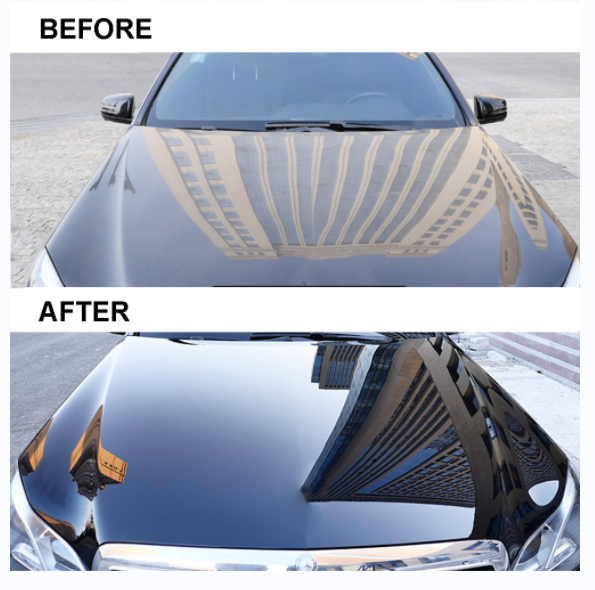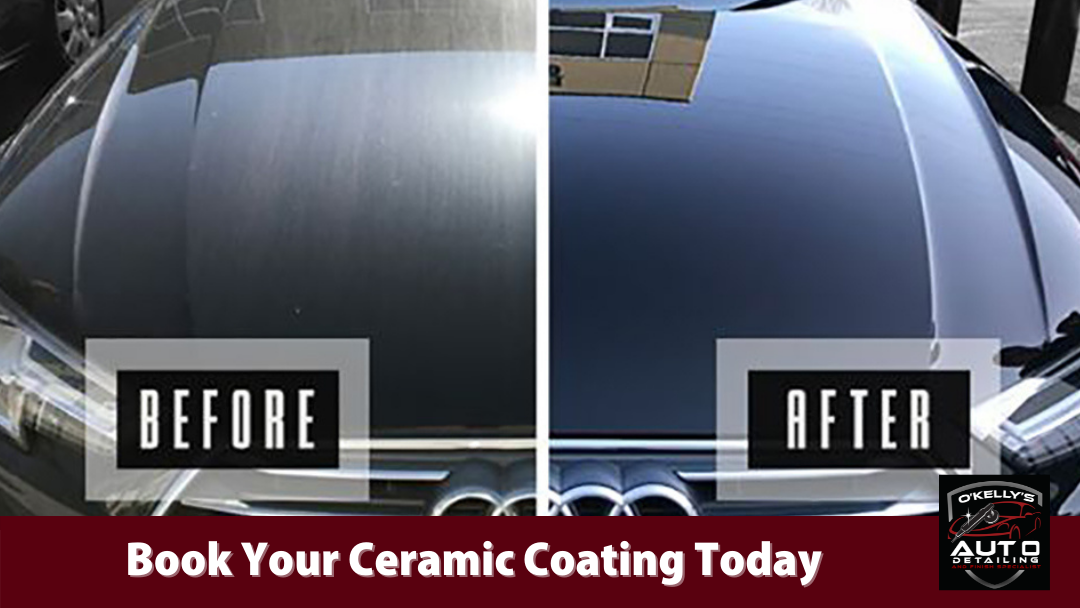A Comprehensive Overview to the Types of Ceramic Covering on the Market
Ceramic finishings have emerged as a pivotal option throughout different sectors due to their distinct homes and applications. From silica-based formulas known for their toughness to hybrid options that merge several advantages, the choices offered can be overwhelming. Recognizing the nuances of each type, including their certain benefits and excellent usage instances, is necessary for making educated choices. As we explore the unique attributes and applications of these coverings, the implications for performance and durability end up being progressively apparent, questioning concerning which kind could best suit your demands.
Comprehending Ceramic Coatings
Ceramic coverings are innovative safety options that have gained appeal in numerous markets, specifically in aerospace and auto applications. These coatings are composed of a liquid polymer that, when cured, forms a durable, hydrophobic layer on the surface area of the substratum. This layer provides enhanced resistance to ecological impurities, UV radiation, and chemical direct exposure, consequently extending the life and visual charm of the underlying product.
The fundamental component of ceramic finishings is silica, which adds to their firmness and toughness. The application procedure typically includes surface area prep work, application of the finish, and healing, which can be achieved with warmth or UV light. When treated, ceramic coverings exhibit remarkable bonding residential properties, allowing them to stick highly to a selection of surface areas, consisting of metals, plastics, and glass.
Along with their safety features, ceramic coverings also supply ease of upkeep. Their hydrophobic nature lowers the adherence of dirt and crud, making cleansing simpler and much less constant. On the whole, the adoption of ceramic finishings represents a considerable advancement in surface area security modern technology, giving both practical and visual benefits throughout several sectors.
Types of Ceramic Coatings
Numerous kinds of ceramic finishes are readily available, each designed to satisfy certain efficiency needs and applications. One of the most typical types consist of:
Silica-based Coatings, these finishings primarily include silicon dioxide and are understood for their toughness and chemical resistance. They are commonly made use of in vehicle and commercial applications.
Titanium Dioxide Coatings: Popular for their photocatalytic properties, titanium dioxide finishings are often applied in settings where self-cleaning and antifungal homes are preferable, such as in structure materials and automobile finishes.
Zirconia Coatings are characterized by their high-temperature security and thermal resistance, zirconia finishings are used in applications such as generator engines and high-performance vehicle elements.
Alumina Coatings, Exhibiting superb firmness and thermal stability, alumina finishes are often used in wear-resistant applications, consisting of reducing tools and commercial machinery.
Crossbreed Coatings:Incorporating the residential properties of numerous materials, crossbreed layers offer improved efficiency characteristics, making them suitable for special and requiring applications.
Each sort of ceramic coating offers unique objectives, allowing users to select the most proper service based upon particular ecological conditions and efficiency requirements.
Advantages of Ceramic Coatings

Along with toughness, ceramic coverings supply exceptional hydrophobic buildings, enabling easy cleansing and maintenance. This water-repellent nature lessens the adherence of dust, grime, and other contaminants, which can prolong the aesthetic appeal and performance of the surface area. Additionally, ceramic finishings can dramatically boost thermal resistance, making them suitable for applications that this contact form sustain high temperature levels.
Another notable advantage is their ability to enhance surface solidity. This boosted hardness can result in lowered deterioration, inevitably prolonging the life-span of the layered material. Ceramic coatings can contribute to power effectiveness by showing heat, which is especially valuable in commercial and automotive settings. In general, the various benefits of ceramic finishes make them an important financial investment for numerous applications, ensuring optimal efficiency and security.
Application Process
When using ceramic coverings, a careful technique is vital to achieve optimal outcomes. The application process usually begins with thorough surface area prep work. This entails washing, decontaminating, and polishing the surface area to eliminate all impurities, consisting of dirt, oil, and prior waxes or sealants. A clean surface area makes sure appropriate adhesion of the layer.
As article soon as the surface area is prepped, the next step is to apply the ceramic covering. This can be done using an applicator pad or a microfiber cloth, guaranteeing also coverage. It is important to operate in little areas to maintain control and protect against early curing - Ceramic Coating Denver. The coating needs to be applied in thin layers, as thicker applications can lead to unequal surfaces.
After application, the covering calls for a particular curing time, usually ranging from a couple of hours to a complete day, depending on the item. Complying with these actions faithfully will take full advantage see this site of the effectiveness and durability of the ceramic finishing, offering a long lasting protective layer for the surface.
Upkeep and Long Life
To make sure the longevity and efficiency of a ceramic coating, regular upkeep is important. Ceramic finishes, understood for their durability and safety high qualities, require specific treatment regimens to optimize their life-span and performance. The very first step in maintenance entails regular cleaning with pH-neutral soap, preventing severe chemicals that can break down the finishing. It is a good idea to clean the automobile on a regular basis, ideally every two weeks, to avoid the buildup of impurities that might compromise the layer's stability.
In enhancement to regular washing, routine inspections are vital. Look for indications of wear or damages, such as hydrophobic homes diminishing or surface blemishes. A light gloss may be used to rejuvenate the finishing without removing it away. if required - Ceramic Coating Denver.
Furthermore, the application of a booster spray can enhance the finish's hydrophobic results and restore its gloss. This is especially beneficial for coatings that have actually been in use for an extended duration. Ultimately, by sticking to these maintenance practices, one can considerably prolong the life of a ceramic finish, making certain that it remains to provide optimal protection against ecological variables and keep the visual allure of the lorry.

Final Thought
In conclusion, ceramic coverings represent a versatile solution for a range of applications, offering a selection of kinds such as silica, titanium dioxide, alumina, and zirconia. Generally, ceramic coatings add dramatically to boosting the toughness and performance of different surfaces throughout several industries.
Ceramic finishes have arised as a pivotal option across different markets due to their unique residential or commercial properties and applications.Ceramic finishings are advanced safety options that have gained appeal in different industries, specifically in vehicle and aerospace applications. Ceramic coatings can dramatically improve thermal resistance, making them perfect for applications that sustain high temperatures.
Generally, the many advantages of ceramic layers make them a useful investment for different applications, ensuring ideal performance and security.
In verdict, ceramic finishes represent a flexible solution for a variety of applications, supplying a variety of kinds such as silica, titanium alumina, dioxide, and zirconia.